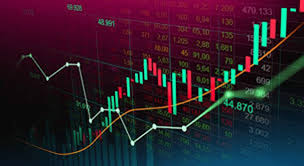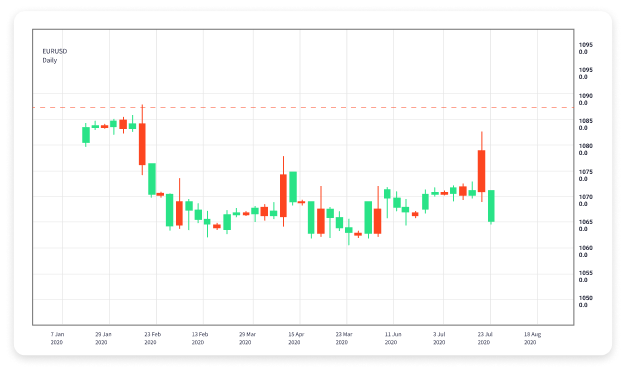
What is Maximum Leverage?
Maximum leverage is a term used in trading and investing that refers to the highest amount of borrowed capital used to increase the potential return on investment. By using leverage, traders can control a larger position in the market with a relatively small amount of their own capital. This concept is particularly prevalent in the Forex, stock market, and cryptocurrency trading. For instance, if a trader has a leverage of 100:1, they can control a position of $100,000 by only putting down $1,000 of their own money. This can significantly amplify both profits and risks. To better understand maximum leverage, let’s explore its benefits, risks, and practical applications in trading. You can learn more about innovative investment opportunities at what is maximum leverage Minereum.
Understanding Leverage
Leverage in trading refers to the use of borrowed funds to magnify one’s position in the market. It is essentially a mechanism that allows traders to trade larger amounts of money than they actually possess. The leverage ratio indicates the level of exposure traders can gain against their capital. Common leverage ratios range from 1:1 to 100:1 or higher, depending on the market regulations and brokerage policies. The concept is straightforward: if you have a leverage factor of 10:1, for every $1 you personally invest, you are allowed to borrow $10, increasing your total trading capacity.
The Benefits of Maximum Leverage
1. **Increased Purchasing Power**: The primary advantage of using maximum leverage is the increased purchasing power it provides. Traders can open larger positions than what they could with their own funds, potentially leading to higher returns. For example, with a 100:1 leverage, an initial investment of $1,000 can control a $100,000 position, amplifying gains on successful trades.
2. **Greater Returns on Small Investments**: Maximum leverage allows traders to make meaningful returns with minimal capital. As market movements can be volatile, small fluctuations can result in significant gains or losses. Thus, traders leveraging their positions can achieve impressive results if their market predictions are accurate.

3. **Flexibility and Variety in Trading Strategies**: Leverage enables traders to diversify their portfolios more effectively. With the capability to control larger positions, traders can simultaneously invest in various assets, spreading out risks and potential returns.
The Risks of Maximum Leverage
While the potential for high returns can be attractive, the risks associated with maximum leverage can be substantial:
1. **Increased Risk of Loss**: Just as leverage can amplify profits, it can equally amplify losses. In a worst-case scenario, a small adverse movement in the market can result in significant losses that may exceed the initial investment, leading to a margin call or even liquidation of the account.
2. **Margin Calls**: If the market moves against a leveraged position, traders may receive a margin call from their broker, requiring them to deposit additional funds to maintain their position. Failure to meet margin requirements can lead to forced liquidation of their assets, capturing any potential gains.
3. **Emotional Stress**: Trading with high leverage can be psychologically taxing. The stress of managing large positions can lead to hasty decision-making and poor risk management. Traders who are not accustomed to high leverage may find it challenging to remain emotionally stable during periods of volatility.
How to Use Maximum Leverage Effectively

To take advantage of maximum leverage while managing risks, consider the following strategies:
1. **Start with a Trading Plan**: Having a well-defined trading plan can help guide your decisions and risk management strategies. Set specific goals, entry and exit points, and stop-loss levels to minimize losses.
2. **Use a Demo Account**: Before trading with real money, practice leveraging your trades in a demo account. This allows you to refine your strategies and build confidence in handling leveraged positions without financial risk.
3. **Risk Management**: Always implement risk management techniques, such as using stop-loss orders. Determine the maximum amount you are willing to lose on a trade and stick to it. Never risk more than you can afford to lose.
4. **Start Small**: If you are new to leveraged trading, start with lower leverage ratios until you become comfortable with how leverage affects your trading outcomes. This gradual approach can help you build your trading experience without facing enormous risks from the start.
Conclusion
Understanding maximum leverage is crucial for anyone involved in trading and investing. It provides the opportunity for higher returns but comes with significant risks that traders must navigate. By arming themselves with a solid trading plan, practicing in a demo environment, and adhering to risk management principles, traders can use maximum leverage to enhance their investment strategies while mitigating potential downsides. In today’s dynamic market landscape, the judicious use of leverage can be the key to unlocking one’s trading potential.


Bir cevap yazın